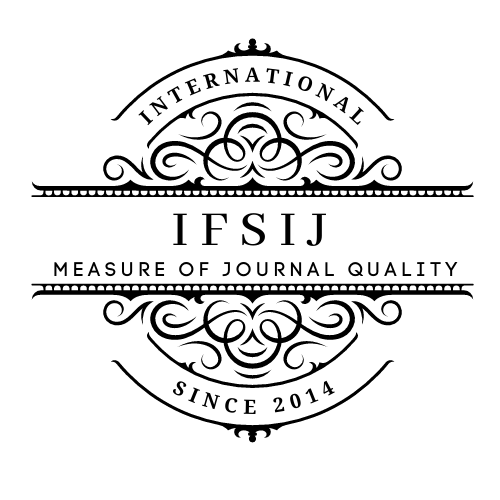THE VALUE OF PRE-OPERATIVE MRI, ANTHROPOMETRIC PARAMETERS AND ACTIVITY LEVEL IN PREDICTION OF AUTOGENOUS HAMSTRING GRAFT SIZE IN ACL RECONSTRUCTION
Abstract
ACLR has become the gold standard for active patients, with hamstring tendons being the most commonly utilized transplant type. The key to a successful transplant is obtaining a graft of the right size. Therefore, it is crucial for the treating physician and the patient to arrange the process of making a hamstring transplant or employing another type of graft prior to surgery. Methods: This patient's preoperative T1 weighted MRI picture, with fat saturation in the axial plan at the level of the largest width of the distal femur, was used to estimate the CSA of the semitendinosus and Gracilis tendon, in addition to the patient's prognosis. statistics on anthropometry (height, weight, age, body mass index, thigh size, and degree of physical activity). To measure the diameter of a harvested hamstring tendon, which is done intraoperatively by removing soft tissue from it using normal method, the tendon is then doubled over around a rope. Results: Our study comprised 30 males, with an average age of 30.06 + 7.4 years. Our research shows that grafts larger than 8 mm intraoperatively are the consequence of tendons with total cross-sectional areas more than 18.6 mm2 (11 mm2 for semitendinosus and 7.6 mm2 for gracilis). The sole significant predictor for graft diameter was height. The relationship between graft size, age, and body mass index was weakly negative. No correlation was found between activity level, weight, or thigh circumference. Conclusion: Finally, we have determined that: 1-Preoperative MRI is an effective tool for predicting the size of the hamstring tendon autograft in ACL reconsideration. If the axial MRI of the tendons shows a cross-sectional area greater than 18.6 mm2 at the level of the largest width of the distal femur, then the graft, when made of four strands, will be more than 8 mm in diameter. 2-When predicting whether patients may have grafts that are too small, a constellation of anthropometric parameters might be helpful. Factors increasing the likelihood of an inadequate transplant include being underweight, having a lengthy time between injury and operation, and being small in stature. Aim of the study: The accuracy of preoperative magnetic resonance imaging (MRI) in predicting the size of a hamstring autograft for ACL repair, as well as the relationship between graft size and patient anthropometric variables including age, weight, height, body mass index (BMI), thigh circumference, and activity level.
Downloads
Published
How to Cite
Issue
Section
License

This work is licensed under a Creative Commons Attribution-NonCommercial-NoDerivatives 4.0 International License.















